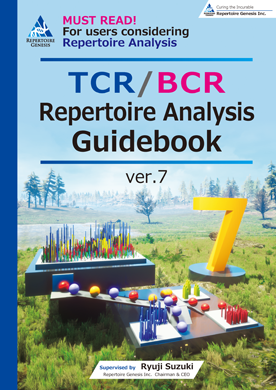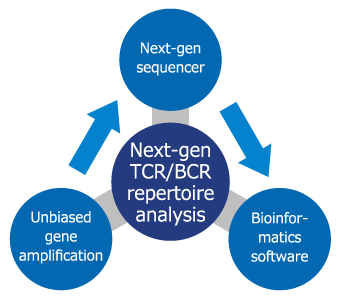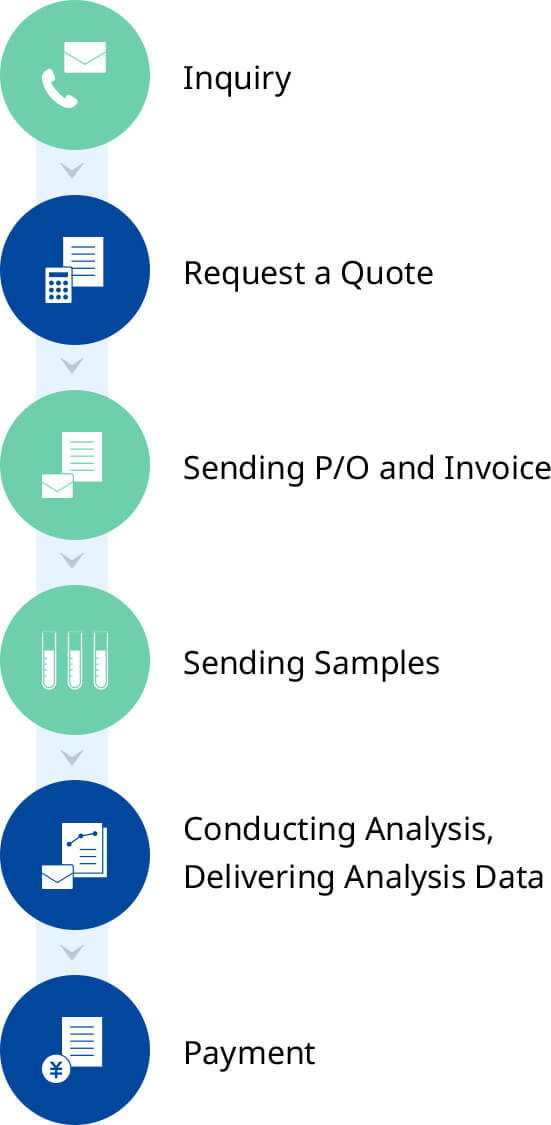To
Researchers
- TOP
- To Researchers
Lineup
TCR/BCR Repertoire Analysis
Neoepitope Analysis
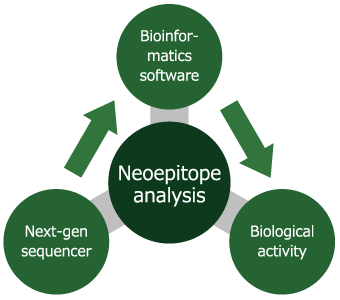
By conducting RNA seq and Exose seq together, specific gene mutations which are specific to individual cancers can be identified. In addition, by taking into account intermolecular coupling, variant peptides (neoepitope) capable of presenting an antigen will be identified. This identification can also be used for indel, long indel, and splicing variants using sequence data.
16S rRNA Bacterial Flora Analysis
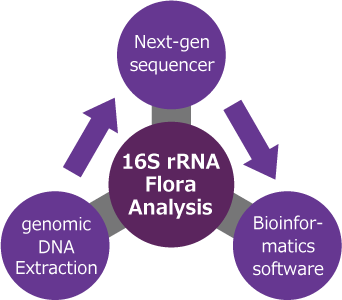
Distribution of bacterial species (bacterial flora) in samples can be analyzed by examining the V1V2 or V3V4 region of the 16S rRNA gene preserved in each bacterial species using next generation sequencing. This analysis can be applied not only to biologically derived samples (feces, saliva, etc.), but also to environmentally derived samples (soil, food, etc.).
Publications
- 2024/03/21
- Paper
-
Hematological malignancy
Decade-long WT1-specific CTLs induced by WT1 peptide vaccinationA paper utilizing our TCR repertoire analysis was published by Dr. Tatsuya Suwabe et al., Department of Hematopoietic Stem Cell Transplantation, Niigata University Medical and Dental Hospital.
In this paper, they investigated how long and to what extent WT1-specific CD8+ cytotoxic T cells (CTL) persisted after WT1 peptide vaccination, and reported that the immune response persisted for more than 10 years even after vaccination was discontinued.
Our TCR repertoire analysis was performed using WT1-specific CTLs after mixed lymphocyte peptide culture and revealed the diversity of WT1-specific CTLs 11 years after vaccination.
- 2024/02/07
- Paper
-
Journal for ImmunoTherapy of Cancer
Solid tumor
Dr. Kosaku Mimura in Department of Gastrointestinal Tract Surgery, Fukushima Medical University School of Medicine has published a paper in "Journal for ImmunoTherapy of Cancer" titled "Combination of oligo-fractionated irradiation with nivolumab can induce immune modulation in gastric cancer".
- 2023/12/27
- Paper
-
Journal of Clinical Biochemistry and Nutrition
Dr. Naoko Oda in Department of clinical nutrition and Food management, Institute of Biochemical Sciences, Tokushima University Graduate School has published a paper in "Journal of Clinical Biochemistry and Nutrition" titled "Dietary phosphate disturbs of gut microbiome in mice".
TCR/BCR Repertoire analysis Guidebook
MUST READ! For users considering Repertoire analysis
An easy-to-understand repertoire analysis guidebook has been prepared which explains in plain language for the questions such as what is immune repertoire analysis and what kind of preparation is necessary.
Please request the guidebook from below if desired.
